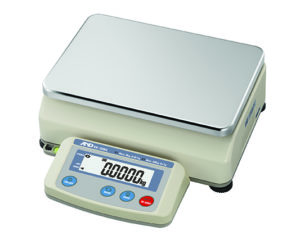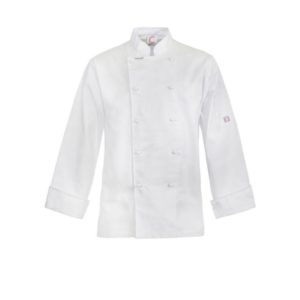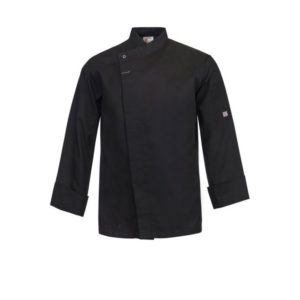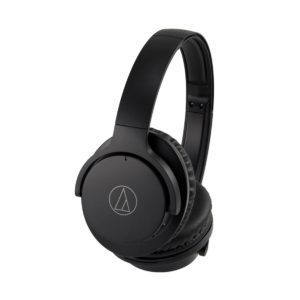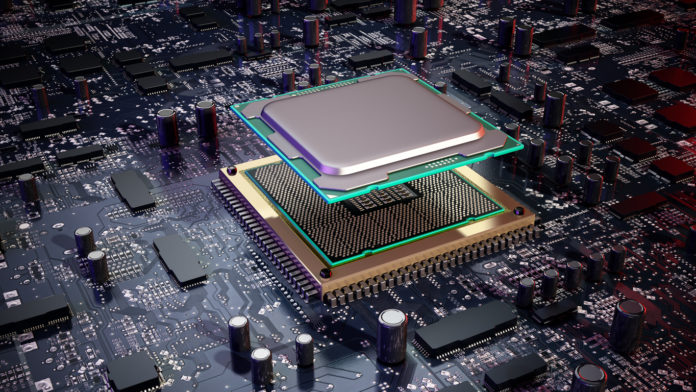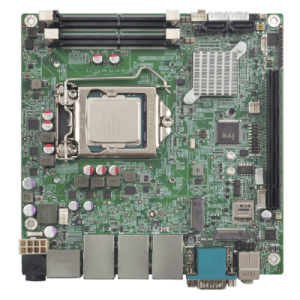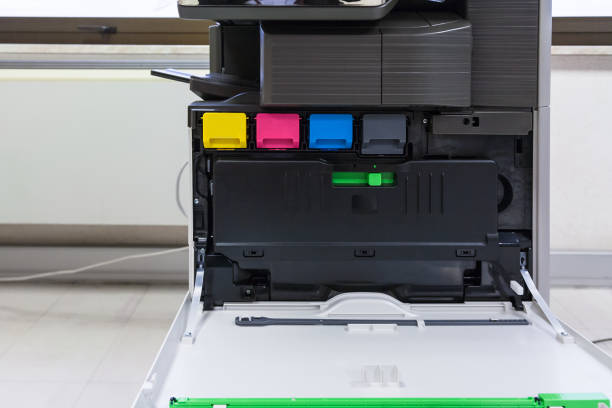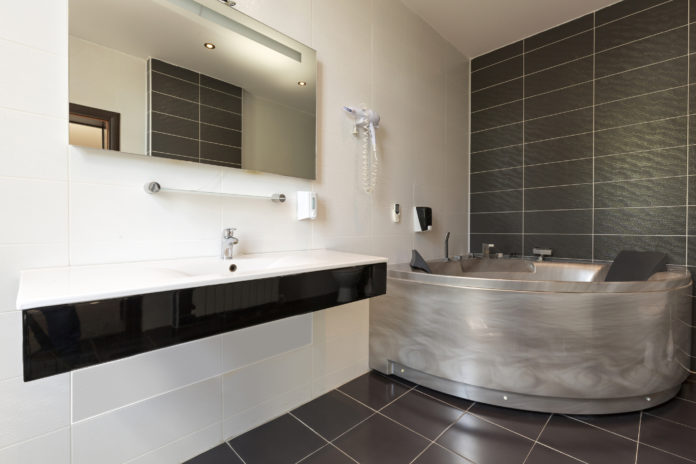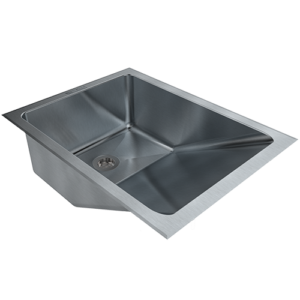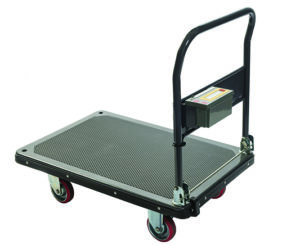In-ear headphones, also known as in-ear monitors (IEMs) or earbuds, are small devices inserted directly into the ear canal to provide an immersive audio experience. They are characterized by their compact size, portability, and excellent noise isolation capabilities. These headphones operate by funneling sound directly into the ear, allowing users to enjoy music or other audio content without ambient noise interference. They come in a variety of designs, including wireless versions and models with built-in microphones for hands-free communication. In-ear headphones are popular choices for fitness enthusiasts, commuters, and music aficionados seeking high-quality audio on the go.
Market Trends of Headphones
The future of the headphones market in Australia looks bright in 2023-24, with an anticipated growth propelled by various factors. A significant trend is the surge in demand for wireless devices due to their convenience and the rise in smartphone usage. By 2023, the trend of wireless headphones is expected to dominate the market, eliminating the age-old problems of tangled wires and limited mobility.
In-Ear Headphones
In-ear headphones, especially, are projected to maintain their popularity among Australian consumers thanks to their compactness and portability. As Australia’s fitness culture continues to thrive, waterproof and sweat-resistant in-ear headphones are expected to gain increased traction, providing users with the freedom to listen to music while working out.
Technological innovation is another noteworthy trend. The integration of smart features such as assistant support (Google Assistant, Siri, and Alexa), touch controls, and active noise cancellation is becoming increasingly common, with consumers valuing headphones that provide both superior sound quality and practical functionality.
The growing environmental consciousness among Australian consumers is also impacting the headphone market. More consumers are expected to seek headphones made from sustainable materials or brands that commit to environment-friendly practices. This trend aligns with global initiatives to reduce electronic waste and promote sustainability in the consumer electronics market.
Overall, the headphones market in Australia is expected to witness substantial growth during 2023-24, with wireless, in-ear headphones leading the way. As technology advances and consumer preferences continue to evolve, the market is sure to see even more innovative and advanced headphone options in the near future. So, it is vital to consider these market trends when choosing the right in-ear headphones for your needs. In addition to features like sound quality, comfort, and design, factors such as wireless capabilities, smart features, durability
Features of Best Quality In-Ear Headphone
When it comes to selecting the best quality in-ear headphone, several factors come into play.
- Firstly, sound quality is paramount. Look for earbuds that deliver clear, balanced sound across all frequencies, from deep bass to crisp highs. Some premium models even incorporate technologies like active noise cancellation to further enhance your listening experience.
- Secondly, comfort and fit are crucial as you might be wearing these headphones for extended periods. The best in-ear headphones come with a range of ear tip sizes to ensure a snug, secure fit. Some even offer memory foam tips that adapt to the shape of your ear canal for optimal comfort and noise isolation.
- Thirdly, battery life is a significant factor, especially for wireless models. Choose a pair that can last through your longest listening sessions – many top-tier models offer anywhere from 6 to 24 hours of battery life.
Finally, additional features like sweat or water resistance, voice-assistant compatibility, and quick charging capabilities can also influence your choice. Remember, the “best” in-ear headphone will vary depending on individual preferences and usage habits. Therefore, it’s essential to consider your specific needs when making a decision.
When choosing the right in-ear headphone, there are several factors to consider:
Choosing the right in-ear headphone can be overwhelming with so many available options on the market. However, by considering of ear tip sizes, materials, and shapes to ensure a comfortable, secure fit for all users. Some brands even offer custom-fit options for a truly tailored experience. Other factors that can impact comfort include the weight of the headphones and overall design – some people may prefer lightweight, minimalist styles while others may opt for a more substantial, premium feel.
Wireless vs. Wired:
Wireless open headphones offer the convenience of freedom from tangled cords and are popular among active individuals. However, wired options can often provide better sound quality and do not require charging. Consider your usage habits and preferences before deciding between wireless or wired in-ear headphones.
Price:
In-ear headphones come in a wide range of prices, from budget-friendly options to high-end models with premium features. Determine your budget and prioritize the must-have features that are important to you before making a purchase.
Sound Quality:
The sound quality of in-ear headphones can vary significantly depending on the brand and model. It is essential to consider factors such as frequency response, impedance level, and driver size when comparing different options.
Active Noise Cancellation:
This feature uses advanced microphones and algorithms to counter ambient noise, providing an immersive, uninterrupted listening experience.
Long Battery Life:
Especially important for wireless models, a long-lasting battery ensures uninterrupted audio playback for hours on end.
Fast Charging:
This feature allows for quick power-ups, minimizing downtime when the battery runs out. Some models offer up to 2-3 hours of battery life with just a 15-minute charge.
Durability:
Consider the build quality and materials used in the construction of the headphones. Look
Water and Sweat Resistance: Makes the headphones more durable and suitable for workouts or use in rainy weather.
Voice Assistant Support: For easy, hands-free control of your music, calls, and more. Popular voice assistants like Siri and Google Assistant are compatible with many in-ear headphones.
Customizable Fit: Look for models that offer a range of ear tip sizes, materials, and shapes to ensure a comfortable, secure fit.
Compatibility: Check if the headphones are compatible with your device – some may have limited compatibility with certain operating systems or devices.
Bluetooth 5.0 Connectivity: Ensures a stable, high-quality wireless connection with your device. Some models even offer multi-device pairing capabilities.
Design and Style: In-ear headphones come in various designs, including true wireless earbuds, neckband style, and wired options. Consider your preference for design and style before making a decision.
Tangle-Free Cable: If the headphones are wired, a tangle-free cable can be a significant convenience factor.
Carrying Case: A protective case for easy, safe storage and transport.
Conclusion:
In-ear headphones offer a convenient, portable way to enjoy high-quality audio on the go. With various features and designs available, there is no one “best” option for everyone. Consider your specific needs and preferences to determine the perfect pair of in-ear headphones for you. And with proper care and maintenance, they can provide you with endless hours of listening pleasure. So whether you’re working out, commuting, or just relaxing at home, be sure to invest in a quality pair of in-ear headphones to elevate your audio experience.






